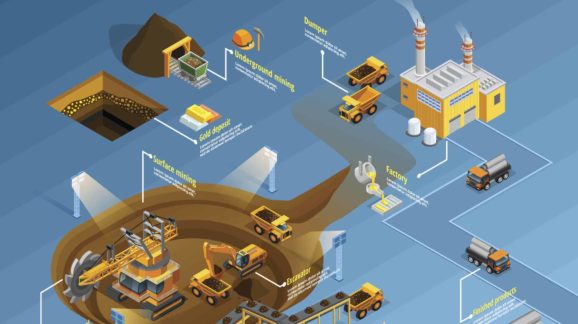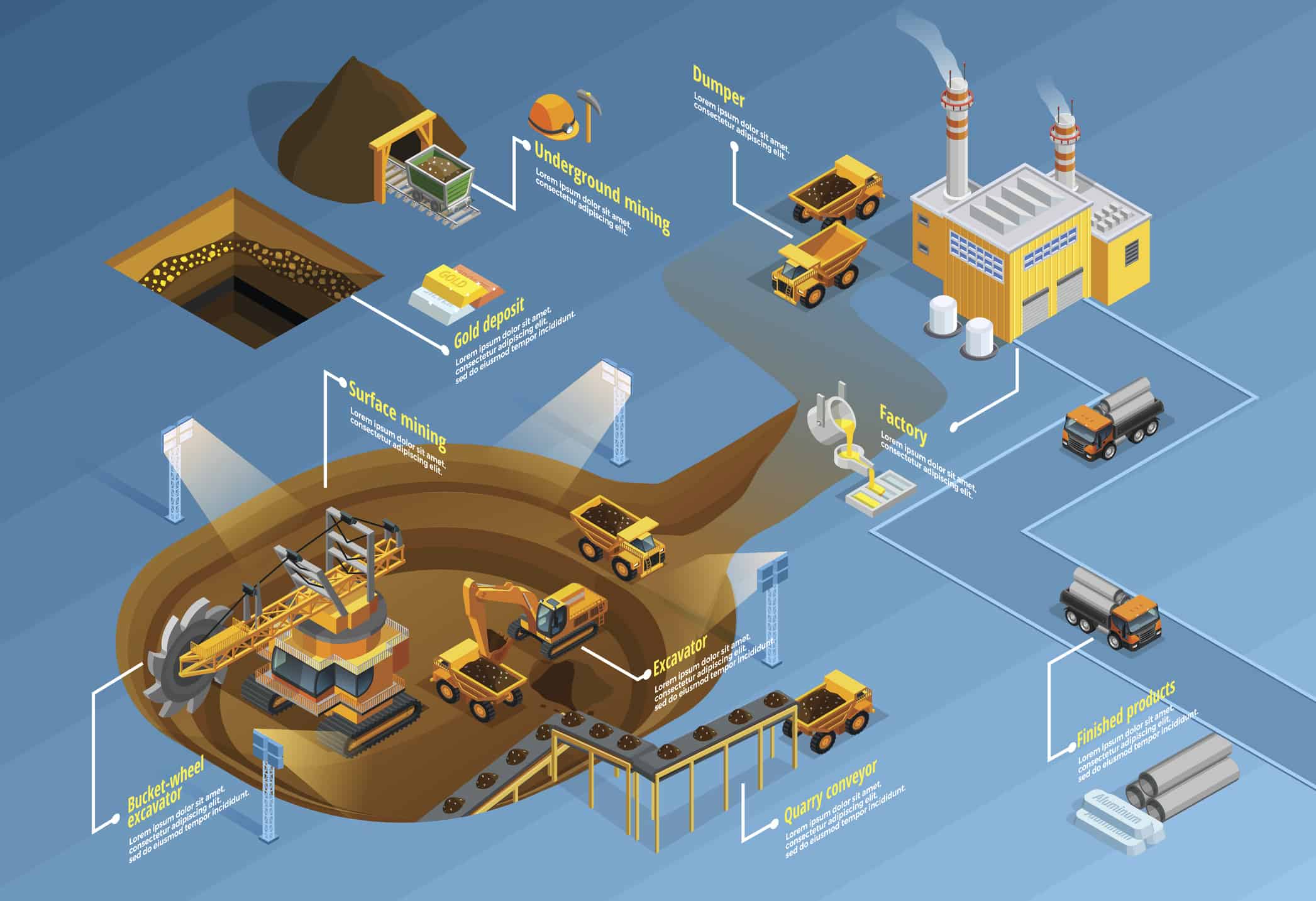Smart Move to Repeal Department of Interior ‘Valuation Rule’ on Minerals

 On August 7, the Department of Interior’s Office of Natural Resources Revenue (ONRR) repealed the Obama administration’s minerals Valuation Rule. The Obama rule revised longstanding regulations governing how leaseholders on federal and Indian lands are to value the coal, oil, or gas they produce for the purpose of calculating royalty payments.
On August 7, the Department of Interior’s Office of Natural Resources Revenue (ONRR) repealed the Obama administration’s minerals Valuation Rule. The Obama rule revised longstanding regulations governing how leaseholders on federal and Indian lands are to value the coal, oil, or gas they produce for the purpose of calculating royalty payments.
In an August 9 U.S. News & World Report column entitled “Royalty Screwed,” Ryan Alexander of Taxpayers for Common Sense describes the Trump ONRR’s action as a “boon to industry at the expense of taxpayers.”
According to Ms. Alexander, one of the Valuation Rule’s “main objectives was to stop the common practice of manipulating product valuations” to reduce royalty payments and increase profits. “Specifically,” she contends, “coal companies were able to sell their product to an affiliate at a small markup, and calculate the royalty payment due based on that low valuation. The affiliated buyer who had purchased the coal at a very low rate was then able to resell it at a much larger profit margin.”
Actually, neither the proposed nor final valuation rule claims the point is to stop longstanding abuse of the sort described. Nonetheless, a long literature—much of it by green advocacy scholars, including members of President Obama’s Council of Economic Advisors—claims that coal leasing on federal lands rips off taxpayers (see, e.g., here, here, here, here, and here). I won’t attempt to assess that literature here, though there are reasons to be skeptical (see this detailed rebuttal by the National Mining Association and Northwest Corporation).
My gripe with “Royalty Screwed” is that it never mentions the ONRR’s stated reasons for repealing the Valuation Rule, leaving the impression that the agency has no public-interest rationale, only a coal-fueled political agenda.
Here’s the other side of the story. In the Repeal Rule, the ONRR claims the Valuation Rule “has a number of defects that make certain provisions challenging to comply with, implement, or enforce.” Indeed, the agency contends, “Absent their repeal, the rule would compromise ONRR’s mission to collect and account for mineral royalty revenues; could affect royalty distributions to ONRR’s State and Tribal partners; and would impose a costly and unnecessary burden on Federal and Indian lessees” (82 FR 36934).
Chief among the cited defects is the directive to value coal based on electricity sales. The Valuation Rule continues DOI’s longstanding policy of encouraging lessees to determine fair market value based on the first sale to a non-affiliated company. That is the gold standard but it is not applicable in all situations. For coal lessees, the first arm’s-length sale is often the sale of electricity by an affiliated utility. Prior to the Valuation Rule, lessees supplying coal to an affiliated utility were to estimate fair market value based on “benchmarks” derived from arm’s-length coal contracts in arguably comparable markets.
Desiring to replace such guesswork with more exact estimates, the Valuation Rule eliminates the use of benchmarks and directs lessees to derive the value of their coal from electricity sales prices (81 FR 43355). That is unworkable, the Trump ONRR argues, because “the sale price of electricity is determined by many factors.” In addition to the cost of coal, the price of electricity also “reflects the company’s costs to construct, operate, and maintain its depreciable capital assets; its costs to operate and maintain other necessary infrastructure; its costs to comply with applicable Federal and State laws; and its corporate overhead and other internal corporate costs.”
Moreover, electricity is transmitted and distributed “through regional grids,” which pool “electricity generated from a variety of different resources, including natural gas, solar, wind, geothermal, and coal.” Consequently, “it would be very challenging for lessees to calculate and pay royalties based on the sale price of electricity and similarly challenging for ONRR to verify the accuracy of those calculations” (82 FR 36936).
That requirement plus other “defects . . . undermined the purpose and intent of the [valuation] rule and would have created confusion and inefficiencies and imposed additional burdens on both ONRR and the regulated community,” according to the agency (82 FR 36938).
Instead of repeal, Ms. Alexander suggests the ONRR should have retained the Valuation Rule and fixed its flaws with input from Interior Secretary Ryan Zinke’s recently chartered Royalty Policy Committee (RPC). But that could disrupt coal leasing and sales for months or years if, as the ONRR argues, valuation based on electricity prices is unworkable. In the agency’s judgment, “The cost of implementing the rule and subsequently trying to fix the defects in one or more separate rulemakings would far exceed the cost of repealing and replacing the rule” (82 FR 36940).
The Repeal Rule reinstates the valuation regulations that had been in place before the Valuation Rule took effect on Jan. 1, 2017, ensuring that coal leasing and sales can continue while the agency develops and adopts a new rule informed by public comment and recommendations from the RPC.
Another advantage of repeal is that it avoids useless litigation. In December 2016, “three different sets of petitioners filed three separate petitions challenging the 2017 Valuation Rule in the United States District Court of Wyoming” (82 FR 16323). What is the point of defending a rule you regard as fatally flawed?
Thus, according to the ONRR, repeal has the following benefits: “It would (a) preserve the regulatory status quo while ONRR reconsiders whether revisions are appropriate or needed to the pre-existing regulations governing royalty values; (b) avoid costs to both government and industry of converting to controversial new royalty reporting and payment systems while the reconsideration is taking place; (c) eliminate the need for continued and uncertain litigation over the validity of the 2017 Valuation Rule; and (d) enhance lessees’ ability to timely and accurately report and pay royalties, because they would continue to use a well-known system that has been in place for decades” (82 FR 16323).